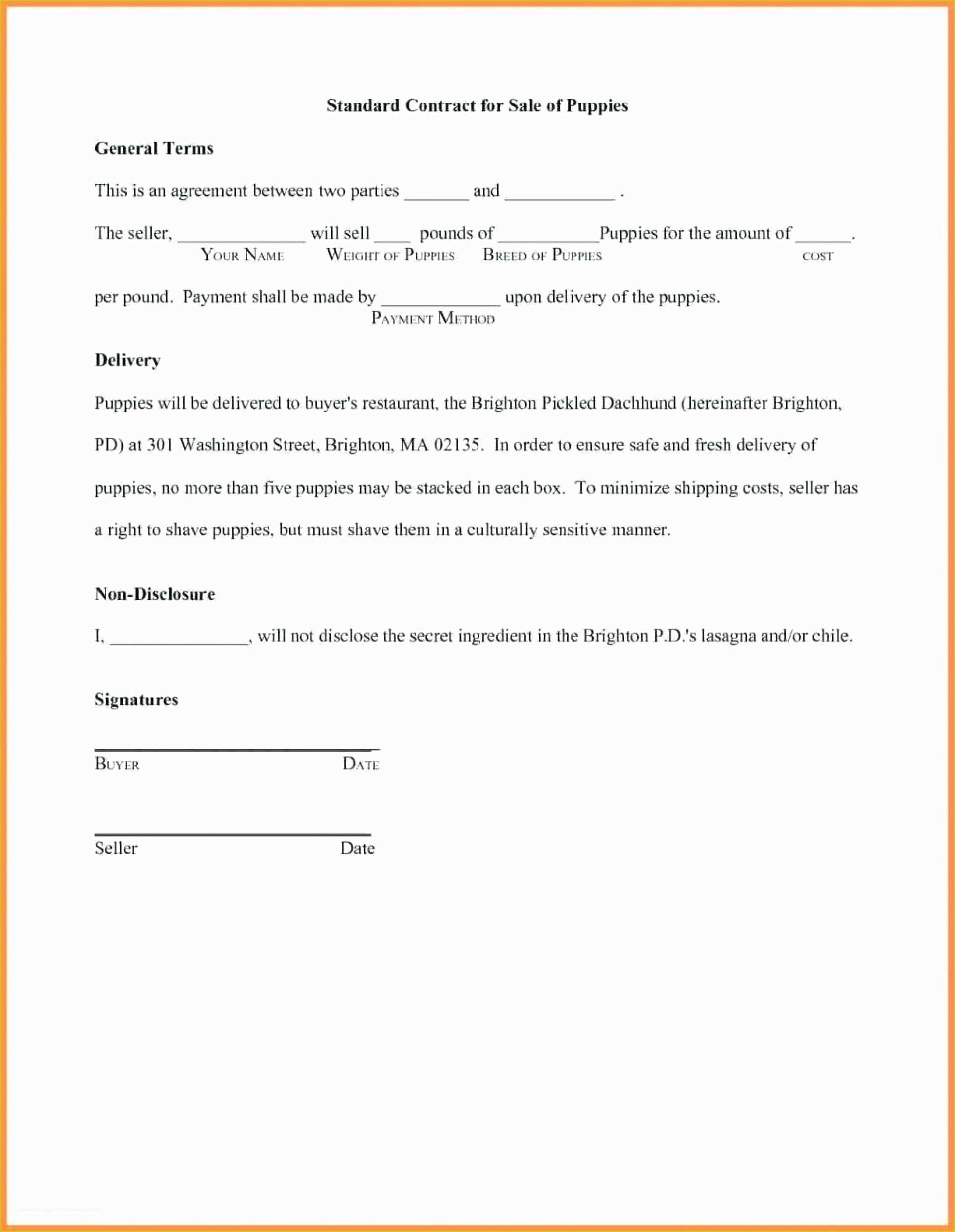
September 4, 2024
Easements & Rights Of Way Goosmann Rose Colvard & Cramer, P A
Adjoining Landowners Rights And Obligations: The Fundamentals This is specifically usual in rural areas or in situations where residential properties are landlocked. Nonetheless, the specific requirements and restrictions of this right can commonly be the origin of disagreements. Private landowners can not legitimately restrict rights-of-way established for public transportation functions like roadways. However, control over usage like parking and upkeep might reside with the territory. In 2018, the Loch Lomond and the Trossachs National forest Authority successfully claimed that a regional estate proprietor was avoiding participants of the public from exercising their gain access to legal rights over the estate in terms of the 2003 Act. Landowners are forbidden from blocking or preventing others from exercising their public access legal rights.Root Causes Of Conflicts Over Right Of Way Easements
However, in complicated cases, professional legal aid may be called for. For instance, Wisconsin permits the property owner to put up fences across a right of way or use the right-of-way for purposes that do not obstruct the right of way procedures, such as an electrical line [10] Consult your neighborhood state board for details relating to public use and landowner's civil liberties on right of way. In realty, a right-of-way is a kind of easement where someone can pass through home possessed by another.What's The Distinction In Between Easement And Right Of Way?
For instance, utility easements make fixings and meter reading feasible. Sidewalks are one more example of right of ways that any person can use even though they are on the leading edge of the building. They are publicly usable despite the fact that the house owner paid for the land and is called for to cut the yard around the sidewalk.How To Learn If A Home Has A Right Of Way Easement
- In the Philippines, the legislation on easements is regulated mainly by the Civil Code.
- A personal right-of-way could include enabling your next-door neighbor to cross your yard to make it much easier for him to access his home or a public road.
- The act may be legal of itself but possibly injurious to adjoining residential or commercial property.
- The court observed that all kinds of natural rainfall are elements of the all-natural problem of the land.
- Our skilled group functions diligently to guarantee you get prompt, top notch and cost-effective outcomes.
- Note that in Sussex Land & Live Stock Co. v. Midwest Refining Carbon Monoxide 294 F.
Privacy policy - The Guardian
Privacy policy.
Posted: Thu, 08 Oct Party Wall Construction 2015 03:16:11 GMT [source]

What are the limitations of land possession in the Philippines?
Land may be owned only by a Philippine person, or a domestic partnership or association completely owned by residents of the Philippines, or a corporation organized under the regulations of the Philippines at the very least 60% of the resources supply outstanding and entitlement to vote of which is possessed and held by Philippine residents.

Social Links